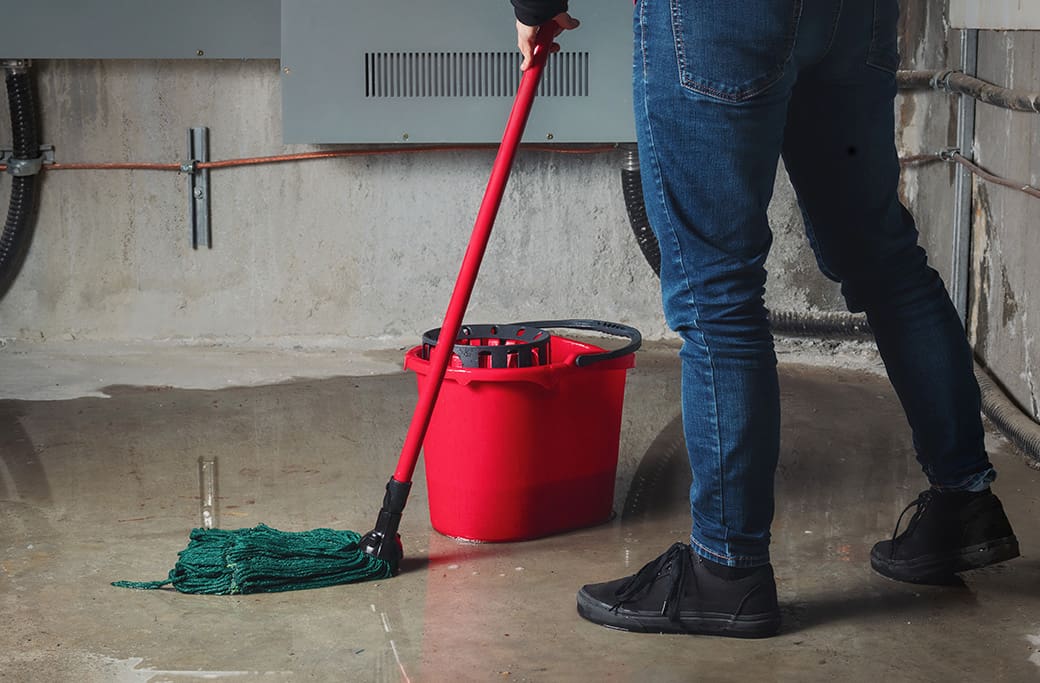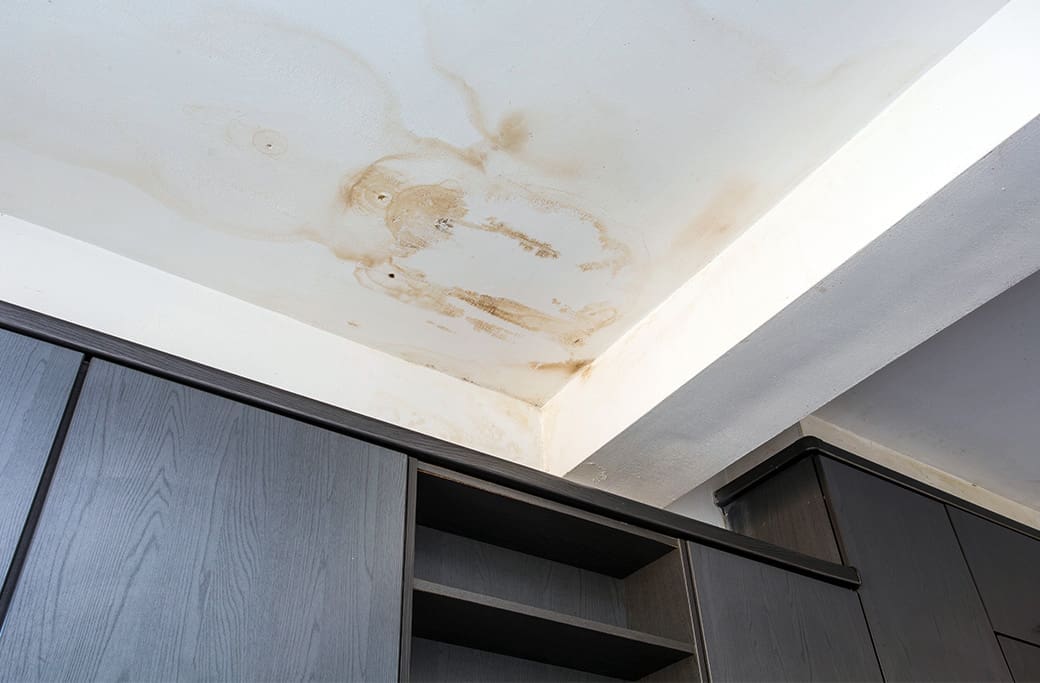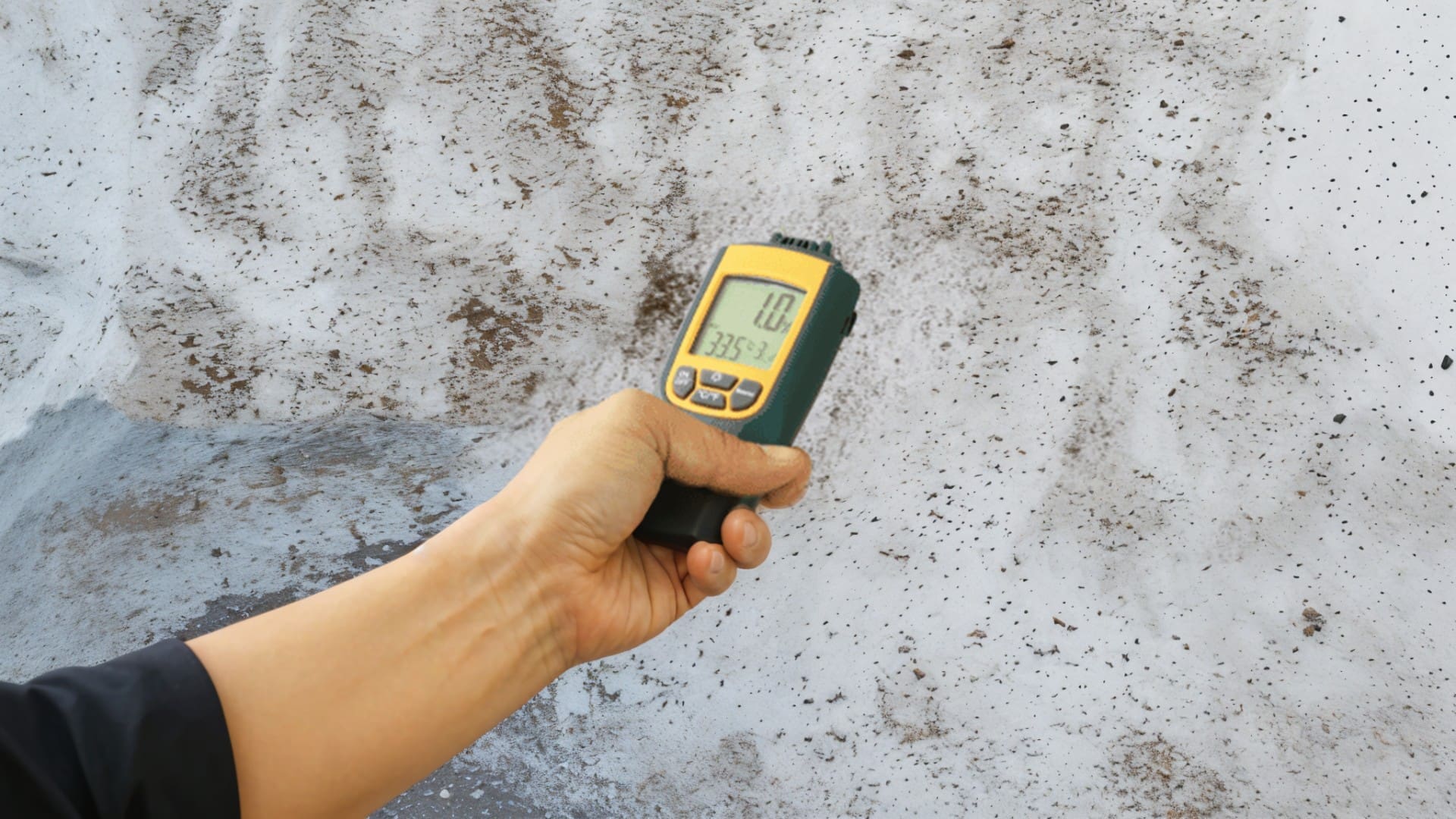
Basement flooding can be a homeowner’s worst nightmare. The damage is often extensive, and the emotional toll can be overwhelming. Immediate action is crucial not only to mitigate damage but also to ensure the safety of everyone involved. By following these steps, you can effectively manage the situation and minimize long-term damage.
Understanding the Cause
Common Causes of Basement Flooding
Before jumping into action, it’s essential to understand why your basement flooded in the first place. Common causes include heavy rain, burst pipes, and sewer backups. Each of these scenarios requires a different approach for effective management and prevention.
Heavy Rain
Heavy rain is a frequent culprit of basement flooding. When the ground becomes saturated, water can seep through cracks in the foundation or walls. Identifying this as the cause can help you take specific actions like improving drainage around your home.
Burst Pipes
Burst pipes are another common cause. These can occur due to freezing temperatures, wear and tear, or high water pressure. Knowing this can help you locate the source more quickly and take immediate action to stop the water flow.
Sewer Backups
Sewer backups can happen when the city’s sewer system becomes overwhelmed. This type of flooding is particularly hazardous as it involves contaminated water. If you suspect this is the cause, extra precautions are needed to ensure safety.
Initial Assessment and Safety Precautions
Ensuring Personal Safety
Your first priority should always be personal safety. Before entering the flooded area, make sure to turn off the electricity to avoid electrical hazards. Wear protective gear such as gloves, boots, and masks to protect yourself from contaminated water and debris.
Preventing Further Damage
Once it’s safe to enter, take steps to prevent further damage. This may include stopping the water source if possible, such as shutting off the main water valve in the case of a burst pipe. Additionally, you can remove valuable items and furniture to a dry area.
Identifying Structural Damage
Inspect the basement for structural damage. Look for cracks in the walls, buckling floors, or any signs that the foundation may be compromised. If you notice any severe issues, it’s best to contact professionals immediately.
Quick Actions to Mitigate Damage
Starting the Cleanup Process
Begin by removing standing water. This can be done using buckets, pumps, or wet/dry vacuums. The quicker you can remove the water, the less damage your basement will incur.
Reducing Mold Risk
Mold can begin to grow within 24-48 hours. To reduce this risk, thoroughly dry the area using fans and dehumidifiers. Open windows and doors to improve air circulation.
Protecting Structural Integrity
Remove wet carpets and rugs, as these can hold moisture and contribute to mold growth. Additionally, cut away any wet drywall or insulation to help the area dry out more quickly. This will also make it easier to assess the full extent of the damage.
Contacting Professionals
When to Call for Help
While DIY efforts can be effective initially, some situations require professional intervention. If the water is contaminated or if there’s significant structural damage, it’s best to contact emergency restoration services.
What to Expect from Restoration Services
Professional restoration services offer comprehensive solutions, including water extraction, drying, and mold remediation. They also provide assessments and recommendations for preventing future flooding.
Choosing the Right Service
When selecting a restoration service, look for those with good reviews, proper certifications, and transparent pricing. STOP Restoration offers expertise and rapid response time, making us an excellent choice for handling basement flooding. Our technicians use advanced equipment to quickly and efficiently address water damage, ensuring your property is restored to its original condition with minimal disruption. Whether it’s a minor leak or significant flooding, you can trust us to provide reliable and comprehensive restoration services.
Preventative Measures for the Future
Improving Drainage
To prevent future flooding, ensure that your home’s drainage system is functioning correctly. Consider installing French drains, sump pumps, or improving the grading around your home to direct water away from the foundation.
Regular Inspections
Regularly inspect your plumbing and foundation for any signs of wear and tear. Early detection of potential issues can save you from future flooding disasters.
Installing Flood Alarms
Flood alarms can provide an early warning system, giving you precious time to take action before the situation worsens. These alarms can be connected to your home security system for added peace of mind.
Steps to Take Immediately After Basement Flooding
Basement flooding is a serious issue that requires immediate and informed action. By understanding the cause, taking initial safety precautions, and acting quickly to mitigate damage, you can protect your home and loved ones. Remember, professional restoration services are available to help, and preventative measures can safeguard against future incidents. For expert advice and assistance in handling restoration projects, consider reaching out to STOP Restoration. Our team is dedicated to providing high-quality services, ensuring your property is restored to its best condition. Your safety and peace of mind are worth the investment.




